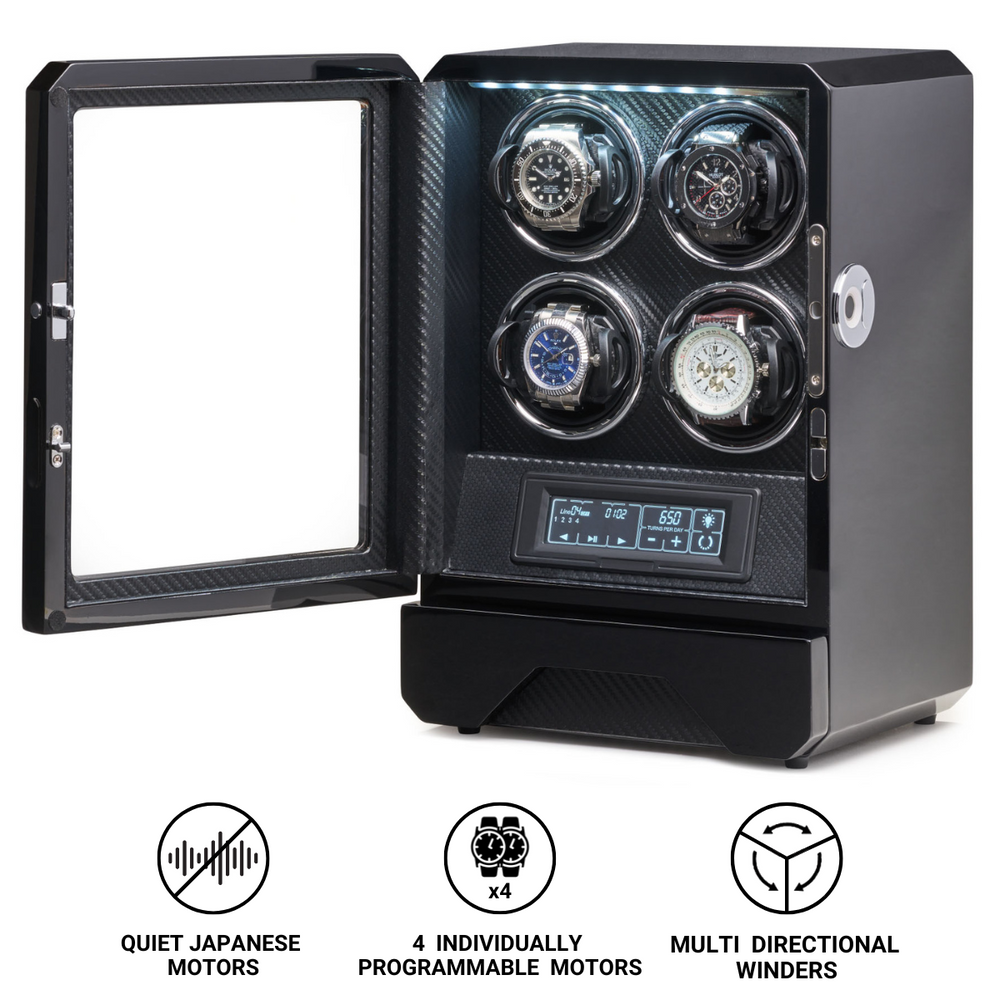Rolex Raises US Prices Amid Tariff Pressures and Currency Challenges
3% Retail Adjustment Reflects Ongoing Cost Pressures in the World’s Largest Luxury Watch Market
Rolex has implemented a 3% increase in retail prices across its collections in the United States, effective 1 May 2025. This is the brand’s first official price update in the US market this year and reflects ongoing structural cost factors, including the 10% import duties currently levied on Swiss-made watches.
The adjustment applies across Rolex’s key models — including the Submariner, Datejust, and Daytona — and has been implemented consistently across authorised retailers throughout the country.
Trade Environment Adds Complexity
In early April, the US administration announced its intention to raise tariffs on Swiss luxury imports — including watches — from 10% to 31%. The plan was met with market concern and has since been temporarily suspended for 90 days, leaving the existing 10% rate in place for now.
While this provided short-term relief for importers and retailers, it has not eliminated the broader uncertainty surrounding trade policy. The US remains Rolex’s largest single market, accounting for approximately 22% of total Swiss watch exports by value in 2024. Even incremental cost increases in this region carry industry-wide implications.
The Federation of the Swiss Watch Industry (FH) has noted that prolonged tariff volatility could influence pricing strategies, supply chain planning, and long-term positioning for Swiss brands globally.
Broader Market Adjustments: Omega and Swatch Group Follow Suit
Omega, one of the three best-selling Swiss brands in the US, also updated its US retail pricing as of 1 May, with an average increase of 5%. This follows a broader communication from Swatch Group AG, Omega’s parent company, confirming price revisions across multiple brands — including Blancpain, Longines, Rado, and Tissot — in the range of 8% to 10%.
Swatch Group has cited sustained cost pressures and currency fluctuation as key drivers behind the adjustments.
Since March, the Swiss franc has appreciated by more than 7% against the US dollar, significantly impacting the cost of Swiss exports to the US. Combined with tariff-related expenses, this has created a dual layer of financial pressure that brands are increasingly reflecting in their pricing structures.
Rolex’s Position: Controlled and Strategic
With over one million watches produced annually, Rolex remains the world’s best-selling luxury watch brand and Switzerland’s largest manufacturer by volume and revenue.
Authorised retailers operate under strict allocations, and most Rolex models continue to be subject to lengthy waiting lists, allowing the brand to implement measured pricing changes with minimal disruption to demand.
In fact, the 3% increase may help narrow the pricing gap between retail and secondary market values, particularly for high-demand references such as the Daytona and GMT-Master II, which continue to command significant premiums on resale platforms.
A Broader Shift Across the Industry
This latest pricing round reflects a broader recalibration across the Swiss watch industry. Brands are navigating a complex global environment shaped by:
-
Currency fluctuations
-
Shifting trade policies
-
Rising production and logistics costs
-
Strong demand for high-value, low-volume timepieces
In 2024, Swiss watch exports reached an all-time high of CHF 26.7 billion, but signs of cooling appeared in early 2025, with a 1.1% year-on-year decline in Q1. The US continues to lead growth in the CHF 3,000+ segment, even as brands adopt more nuanced pricing strategies.
Conclusion: Stability Through Adjustment
Rolex’s 3% increase may be modest in scale, but it reflects a careful response to an evolving cost environment. As other Swiss maisons assess their own exposure to external pressures, further price adjustments across the US market are likely in the months ahead.
Rather than signalling volatility, these changes underscore the industry’s commitment to sustainable growth and long-term value, even in a shifting global landscape.














